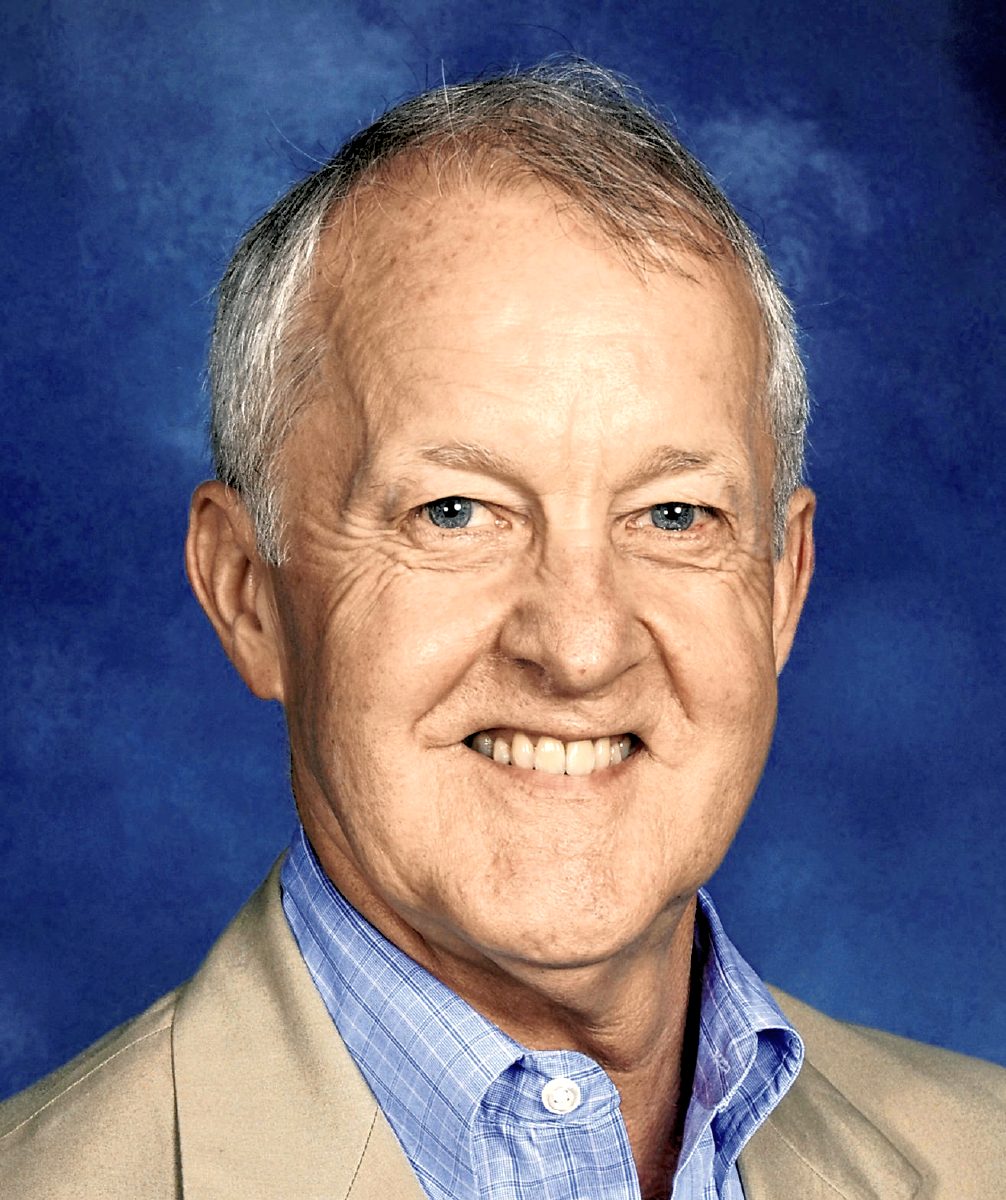I can’t get Country Music, the latest PBS documentary by Ken Burns, out of my head. It’s been a week now since the last episode aired.
Why is it still with me? As I watched, I sometimes felt as if I were auditing a history class on American Music. Now that class is over, it seems my mental notebook is filled with ideas to contemplate.
The songs were the primary takeaway from the program, of course. My mom came from the hills of Kentucky, and I grew up in Indiana with country music as part of the wallpaper of our crowded house. I don’t remember not knowing the songs of Hank Williams. (He died about the time I was born.) Later, as I was learning to play guitar I taught myself some of those songs. Even for a beginner, they weren’t too difficult to figure out. Many of those early country and folk songs seemed raw and fundamental, hand-hewn, as if they came from nature herself. Simple folks making simple but profound music. As country music songwriter Howard Harlan supposedly said, “Country music is three chords and the truth.”
The Ken Burns series reminded me that the musical genre we call country music is like the United States— a thing made up of many and diverse elements, what we once called a Melting Pot. Blues music from the South, folk songs from the British Isles, Gospel, Jazz, Cowboy songs, Mariachi—Life as told through the songs of the people. Country Music might be thought of as strands of our American DNA.
Several pages of my mental notes on the show concern the idea of “Country” as a sort of socio-geographic place, a cultural state that sits in opposition to “The City.” To be “country” would be the opposite of being “cosmopolitan.” This is not a new way of categorizing sub-cultures. In fact, it is a typical way of stereotyping groups based on where they live and what they do. For many (most?) cultures, rural places are the places people want to escape from. A version of “How ya gonna keep ‘em down on the farm, after they’ve seen Paree’?” was likely sung in ancient Babylon about the migrants coming in from the rural areas of the country. Sad, really.
Watching the musicians that spoke and performed, particularly virtuosos like Bill Monroe, Ricky Skaggs and Marty Stuart, caused me to make one short mental note to myself: “Go get the mandolin.”
We have what I call the “House Mandolin” because it sits around the house on a stand or in a chair waiting patiently while both Becky and I tell ourselves we are going to learn to play it someday. The House Mandolin is not an expensive instrument, I figured we’d upgrade after we could play it better. Here’s the thing about learning a musical instrument: You have to devote your time to it. As I have gotten older I realize time is the most precious and valuable commodity we have and it always seems to be in short supply. Some where I read, “You can do anything you want; you just can’t do everything you want.” I sometimes think of that quote as I hurry by the House Mandolin on my way to something else.
I like to think of myself as a reluctant viewer of television, and for the most part, I am able to avoid much of that vast wasteland. But I make an exception for anything produced by Ken Burns. Country Music was thoughtful, intelligent and a fun way to spend some of my limited time. It had such an effect on me, I’ve started spending time with the House Mandolin.
Norman Knight, a retired Clark-Pleasant Middle School teacher, writes this weekly column for the Daily Journal. Send comments to [email protected].




